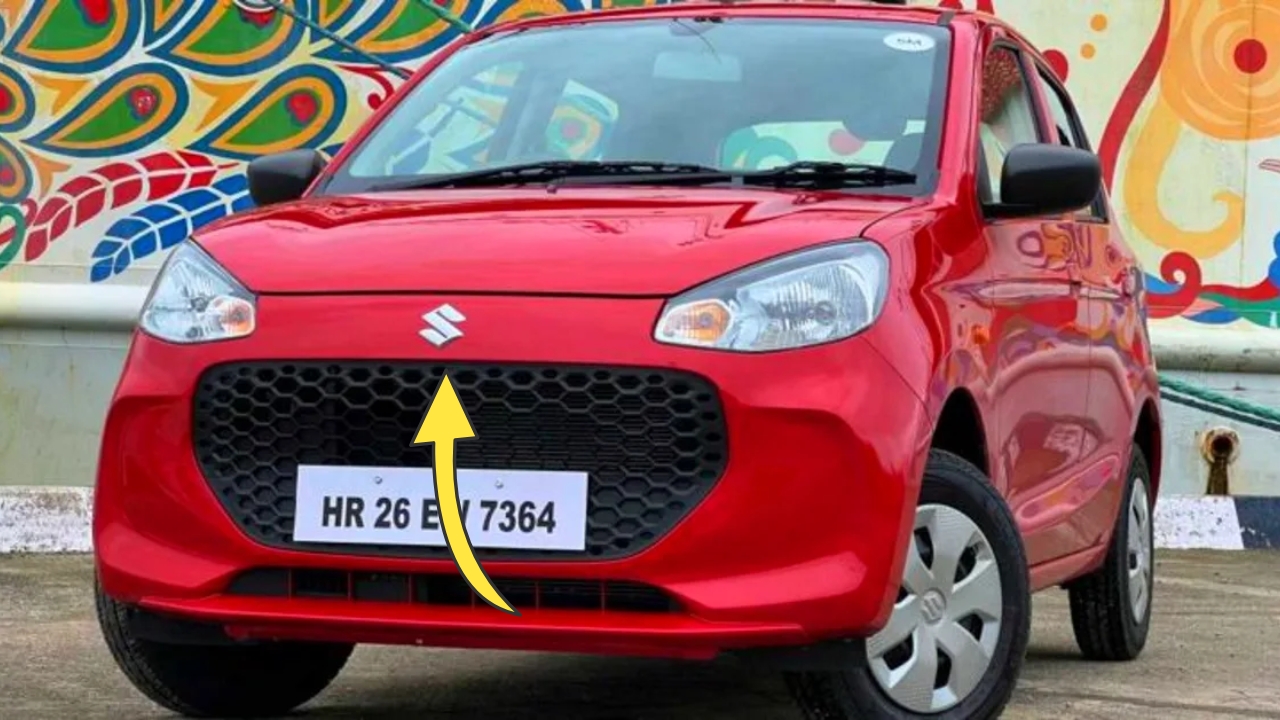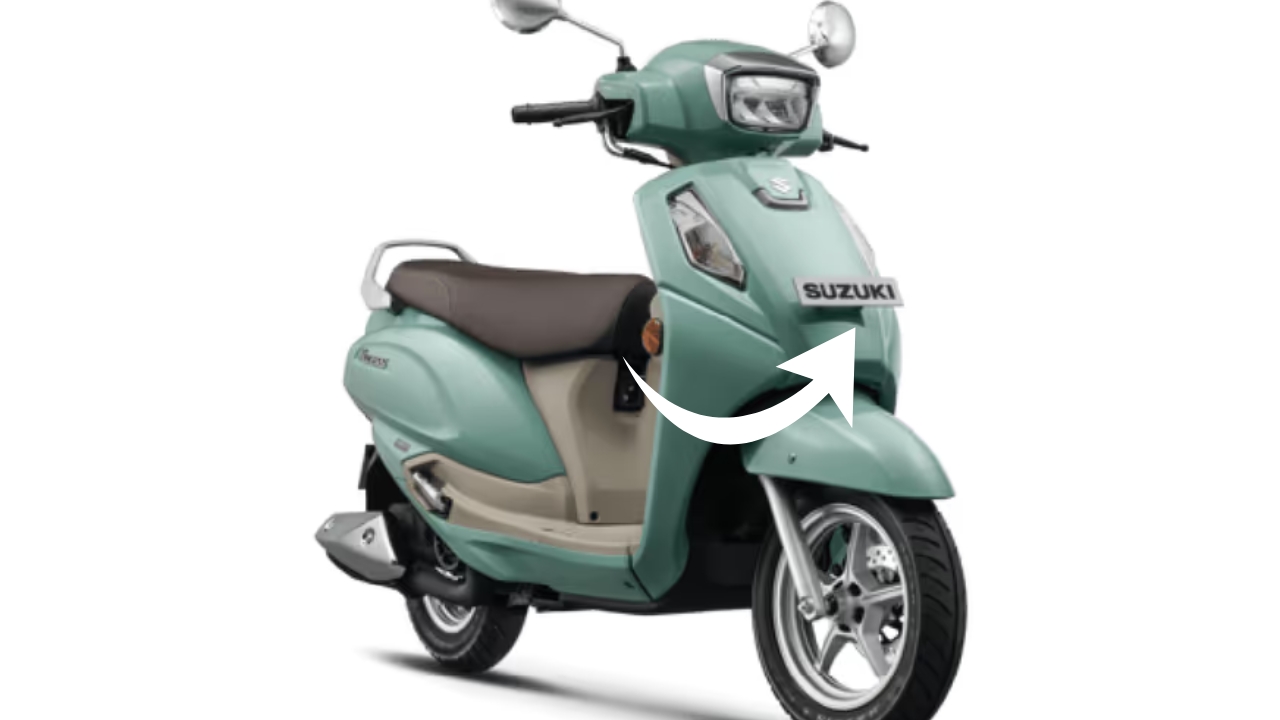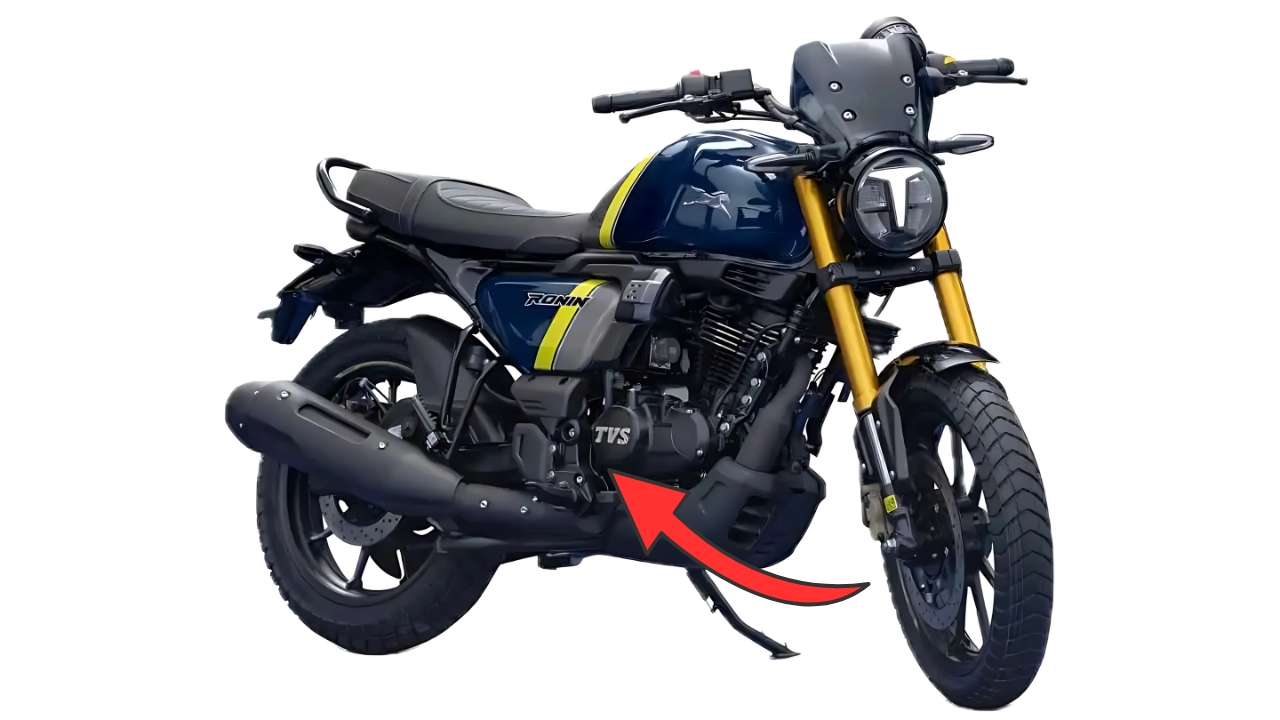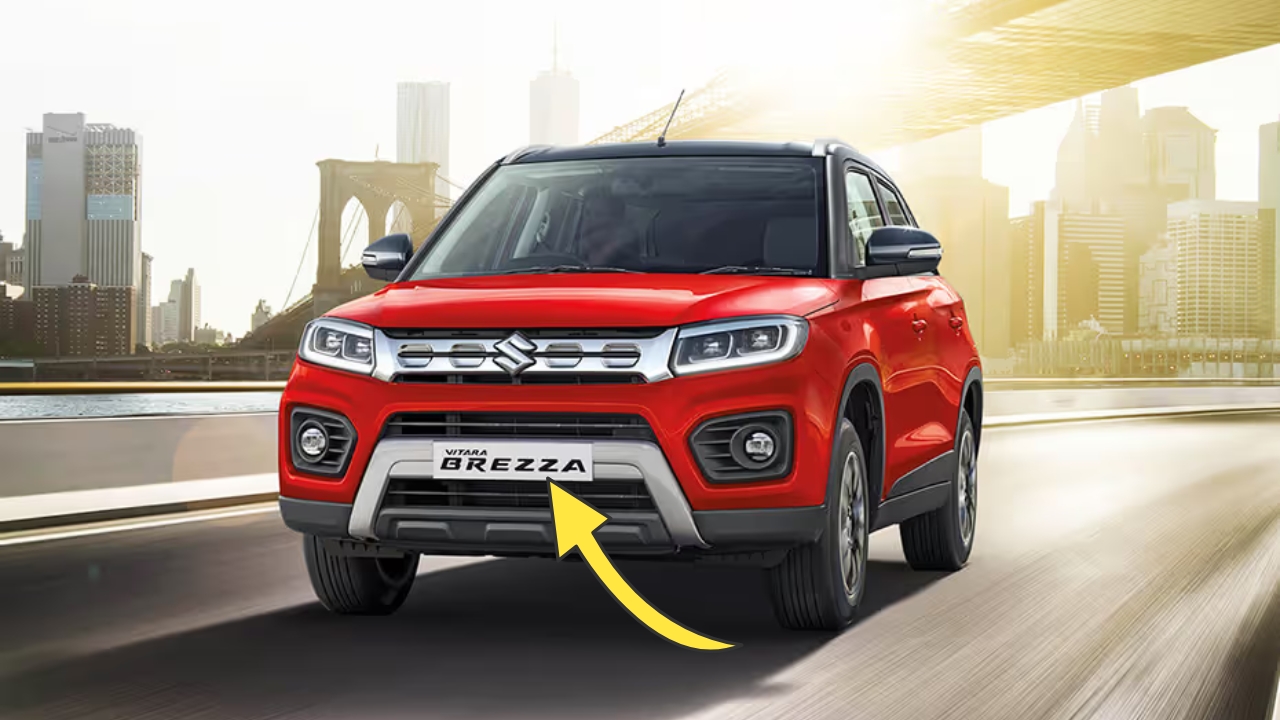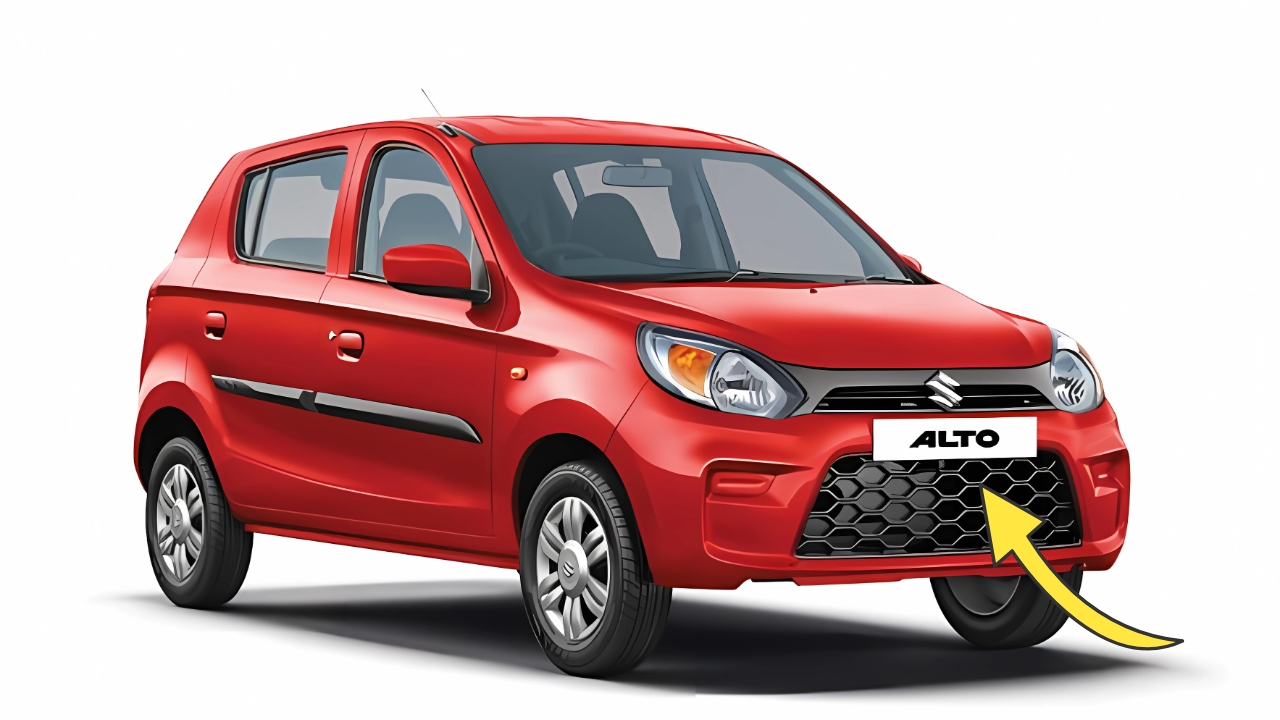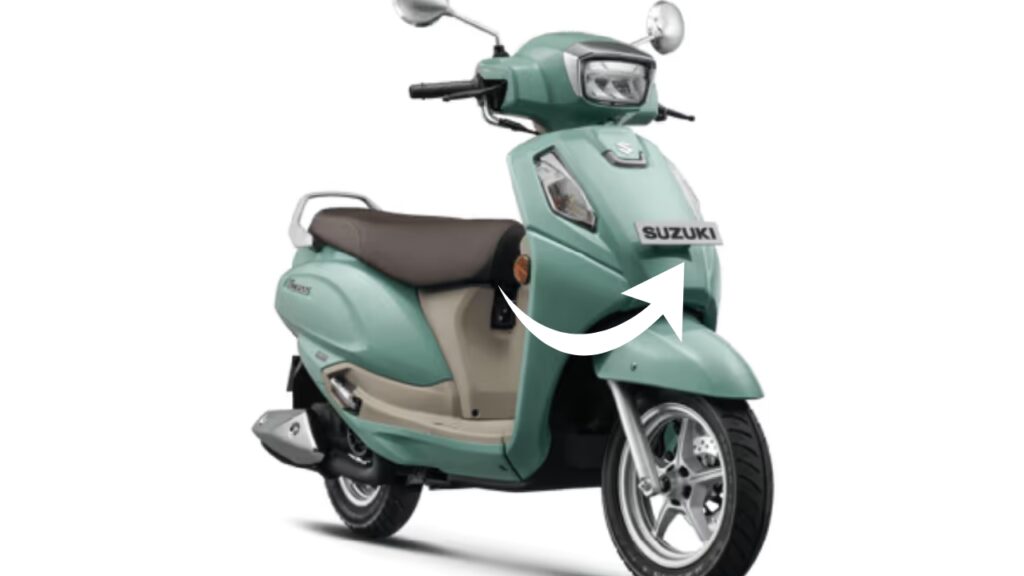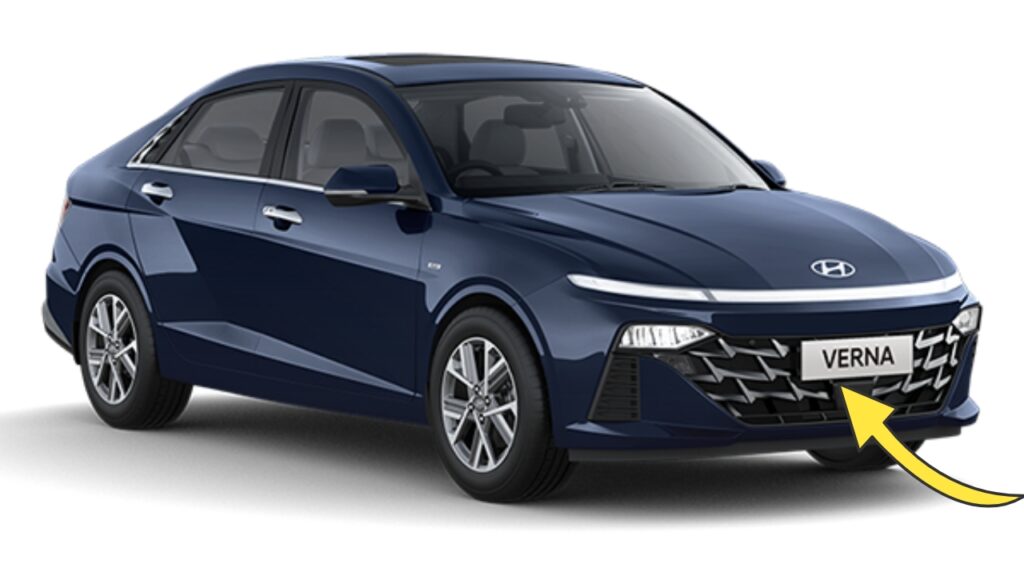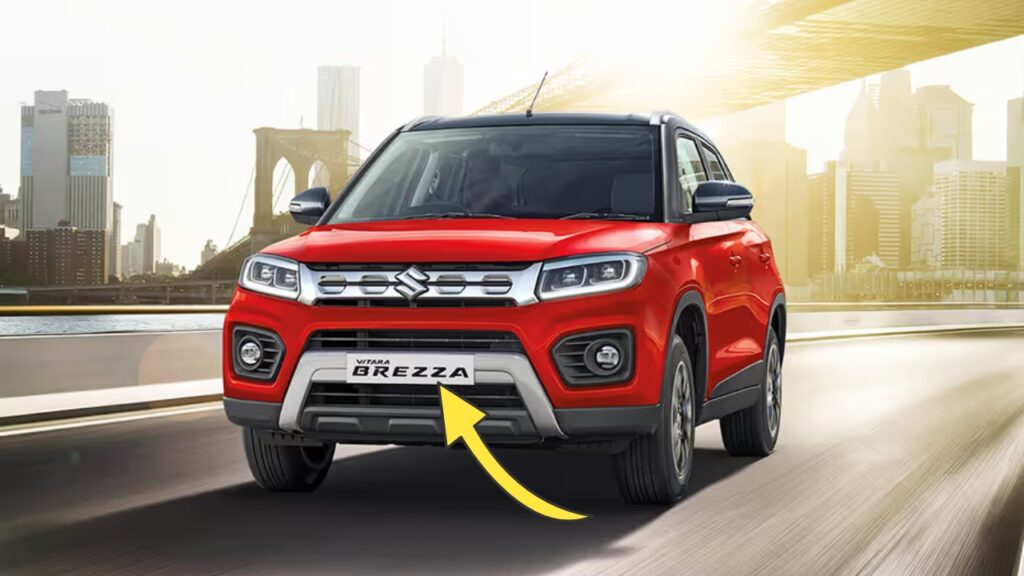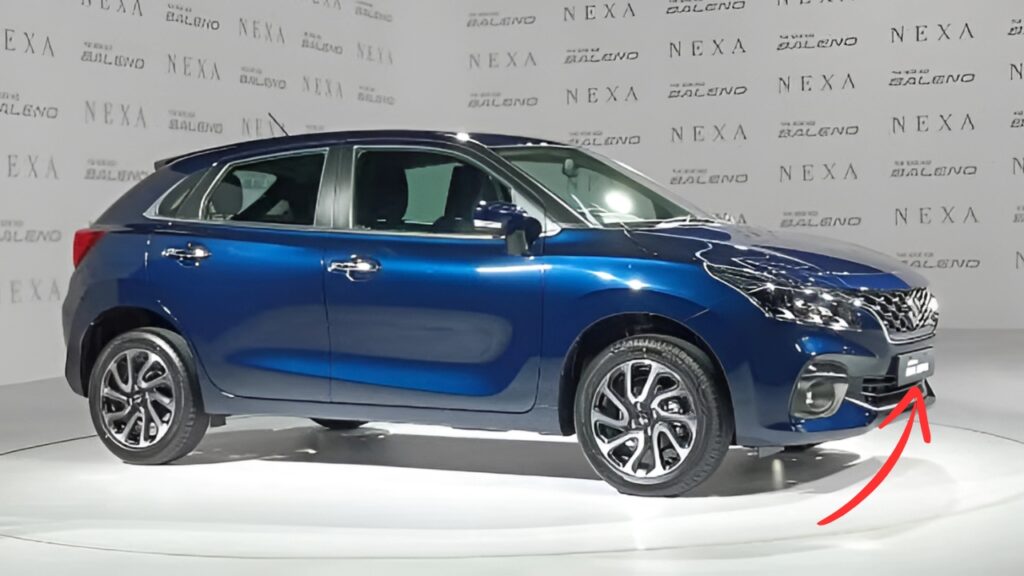Maruti Alto K10: In the vast and diverse landscape of India’s automotive market, few vehicles have achieved the widespread recognition and enduring popularity of the Maruti Alto K10.
Since its introduction as the more powerful sibling to the standard Alto, this unassuming hatchback has woven itself into the fabric of Indian roads and daily life, becoming synonymous with accessible mobility for millions.
After spending two weeks with the latest iteration of this automotive staple—navigating crowded urban streets, tight parking spaces, and occasional highway stretches—I’ve developed a nuanced understanding of how this small car continues to maintain its relevance in an increasingly sophisticated market.
Maruti Alto K10: Design: Functional Simplicity with Modern Touches
The latest Alto K10 maintains the compact dimensions that define its segment while introducing subtle design updates that keep it looking contemporary.
At first glance, the car’s silhouette remains instantly recognizable as an Alto, with the tall-boy design maximizing interior space within a minimal footprint.
The front fascia features a more prominent grille with a honeycomb mesh pattern flanked by large, angular headlamps that give the car a wider visual stance than its actual dimensions might suggest.
My test vehicle came in the vibrant “Sizzling Red” finish, one of six color options available to buyers. The paint quality impressed with its consistency and depth, particularly considering the car’s budget-friendly positioning.
The body panels showed tight, consistent gaps—a small but meaningful detail that speaks to Maruti’s manufacturing quality control even at this price point.
In profile, the Alto K10 maintains clean, straightforward lines with minimal embellishment. The wheel arches house modest 13-inch steel wheels with full covers on lower variants, while top trims receive 13-inch styled wheels that add visual interest without significantly impacting the car’s pragmatic character.
The slightly raked A-pillars and gently sloping roofline create a more dynamic appearance than the strictly utilitarian shape of earlier generations.
The rear design is equally uncomplicated, with rectangular taillamps and a simple bumper design that prioritizes function over form.
The tailgate features a relatively low loading lip that facilitates easier placement of items in the modest boot space—a thoughtful consideration for a car that often serves as the primary household vehicle for many families.
Overall, the design philosophy can be summarized as “honest”—there’s no attempt to make the Alto K10 appear as something it isn’t.
This straightforward approach aligns perfectly with the expectations of its target audience, who typically value practicality over flash.
Interior: Maximizing Space and Functionality
Stepping inside the Alto K10 reveals how effectively Maruti has utilized the available space within such compact exterior dimensions.
The dashboard layout follows a simple, intuitive arrangement with controls positioned logically for easy access while driving.
Materials are understandably basic given the price point, with durable hard plastics dominating most surfaces, though touch points like the steering wheel and gear lever receive slightly softer finishes on higher trims.
The instrument cluster provides essential information through a straightforward analog speedometer complemented by a small digital display showing fuel level, trip information, and efficiency data.
This no-frills approach maintains excellent legibility in varied lighting conditions—a practical benefit that some more elaborate digital displays can struggle to match.
Seating comfort surprised me during my testing period. The front seats, while simply designed, offer better support than their appearance might suggest, with sufficient cushioning for urban commutes and occasional longer journeys.
The driving position is naturally upright due to the car’s tall-boy architecture, providing excellent visibility in crowded traffic situations—a significant advantage in India’s often chaotic urban environments.
Rear seat accommodation remains adequate rather than generous, with sufficient space for two adults of average height, though three would be a squeeze for anything beyond the shortest journeys.
Headroom is plentiful thanks to the car’s roof height, while legroom depends greatly on the positioning of front seats. During my testing with the driver’s seat adjusted for my 5’10” frame, rear passengers had workable if not spacious legroom.
Storage solutions throughout the cabin show thoughtful planning, with useful door pockets, a decently sized glovebox, and clever cubbies for keeping small items secure during drives.
These practical touches significantly enhance daily usability—something buyers in this segment particularly value.
The most significant interior upgrade in the latest generation is the 7-inch touchscreen infotainment system available on higher variants.
This feature, once unimaginable in the entry-level segment, offers smartphone connectivity via Apple CarPlay and Android Auto, alongside Bluetooth, USB, and AUX inputs.
The system’s interface is straightforward and responsive, though the screen’s visibility can be compromised in direct sunlight.
Lower variants make do with a basic 2-DIN audio system that still provides essential connectivity options for most users.
Air conditioning proved remarkably effective even during warm afternoons, cooling the small cabin quickly—an important consideration in India’s climate.
The rotary controls offer intuitive adjustment without the complication of automatic climate systems found in more expensive vehicles.
Performance: Efficient Mobility with Urban Focus
The Alto K10 is powered by Maruti’s K10C 1.0-liter three-cylinder petrol engine, producing 67 PS at 5,500 rpm and 89 Nm of torque at 3,500 rpm.
These modest numbers must be considered in context—with a kerb weight of approximately 755-775 kg depending on variant, the power-to-weight ratio delivers sprightlier performance than the specifications alone might suggest.
Transmission options include a 5-speed manual or 5-speed automated manual transmission (AMT) marketed as “AGS” (Auto Gear Shift).
My test vehicle featured the manual transmission, which offered light, precise shifts with a clutch that required minimal effort—ideal characteristics for navigating stop-start urban traffic conditions.
In city driving, where the Alto K10 spends most of its time, the engine provides adequate response for merging and keeping pace with traffic flow.
The power delivery is linear rather than exciting, with sufficient low-end torque for pulling away from traffic lights without requiring excessive downshifts.
Engine refinement is reasonable considering the three-cylinder configuration, though some vibration is evident at idle and under hard acceleration—a characteristic common to most three-pot motors at this price point.
Highway performance reveals the car’s urban-focused nature more clearly. While the Alto K10 can maintain cruising speeds of 80-90 km/h without strain, overtaking maneuvers at these speeds require planning and often a downshift to fourth gear to access the engine’s modest reserves.
Wind and road noise become more pronounced at highway speeds, though not to levels that prevent conversation or make longer journeys unduly fatiguing.
Fuel efficiency represents one of the Alto K10’s strongest selling points. During my testing period, which included predominantly urban driving with some highway stretches, the car consistently returned 19-21 km/l—impressive figures that translate to genuinely economical running costs.
The 27-liter fuel tank provides a practical range of approximately 500-550 kilometers between refills—sufficient for most users’ weekly needs with margin to spare.
The CNG variant, increasingly popular amidst rising fuel prices, offers even greater economy with claimed figures exceeding 30 km/kg, though at the cost of reduced boot space due to the cylinder installation and slightly diminished performance when running on compressed natural gas.
Ride and Handling: Urban Agility with Acceptable Comfort
The Alto K10’s suspension setup—MacPherson struts at the front and a torsion beam at the rear—strikes a reasonable balance between ride comfort and handling stability given the car’s intended use case and price point.
In urban environments, where the Alto K10 spends the majority of its time, the suspension absorbs smaller road imperfections with adequate compliance, though larger potholes and sharp-edged bumps can transmit jolts into the cabin.
This firmness is a common characteristic of small, lightweight cars and represents an acceptable compromise for most buyers in this segment.
Steering feel is appropriately light for city maneuverability, requiring minimal effort during parking maneuvers or navigating tight urban streets.
The 4.5-meter turning radius proves particularly valuable in congested environments, allowing U-turns in spaces where larger vehicles would require three-point turns.
At higher speeds, the steering weights up sufficiently to provide reasonable stability, though it lacks the precision and feedback enthusiastic drivers might desire.
Body roll is present during cornering but remains controlled enough for the typical driving style of the car’s target audience.
The 155/65 R13 tires provide adequate grip for normal driving conditions while contributing to the car’s excellent fuel efficiency through their low rolling resistance.
Braking performance comes from front disc and rear drum brakes—a standard configuration for this segment. Pedal feel is progressive and predictable, if lacking somewhat in initial bite, requiring slightly firmer application than some might expect.
The standard fitment of ABS with EBD across all variants represents a welcome safety enhancement that improves emergency stopping performance, particularly on slippery surfaces.
NVH (Noise, Vibration, Harshness) levels are acceptable rather than exceptional. Engine noise is evident under acceleration but settles to a distant hum at cruising speeds.
Wind noise becomes noticeable above 80 km/h, while road noise varies significantly with surface quality. These characteristics are entirely in line with segment expectations and rarely prove distracting during normal use.
Safety and Features: Meeting Essential Needs
Safety equipment in the Alto K10 includes dual front airbags, ABS with EBD, and rear parking sensors as standard across all variants—meeting India’s current regulatory requirements while providing essential protection.
Higher trims add a reversing camera that proves particularly useful given the car’s compact dimensions and urban usage pattern.
The body structure incorporates Suzuki’s HEARTECT platform elements, designed to better distribute crash energy, though the Alto K10 hasn’t undergone Global NCAP testing to provide an objective safety rating.
Pre-tensioner and force limiter seatbelts are provided for front occupants, enhancing protection in collision scenarios.
Feature content varies significantly across the four available variants (Std, LXi, VXi, and VXi+), with even base models including essentials like power steering, manual air conditioning, and front power windows.
Mid-range variants add remote central locking, the 7-inch touchscreen infotainment system, and electrically adjustable outside mirrors, while the top VXi+ trim includes the reversing camera, styled wheels, and additional interior enhancements.
Notably absent even on higher trims are features like automatic climate control, push-button start, or LED headlamps—omissions that help maintain the car’s affordable positioning while having minimal impact on everyday functionality for most users.
Comparative Analysis: Alto K10 vs. Key Competitors
| Feature | Maruti Alto K10 | Renault Kwid | Datsun redi-GO | Maruti S-Presso | Hyundai Santro |
|---|---|---|---|---|---|
| Engine | 1.0L 3-cyl, 67 PS | 0.8L/1.0L 3-cyl, 54/68 PS | 0.8L/1.0L 3-cyl, 54/68 PS | 1.0L 3-cyl, 67 PS | 1.1L 4-cyl, 69 PS |
| Transmission | 5MT, 5AMT | 5MT, 5AMT | 5MT, 5AMT | 5MT, 5AMT | 5MT, 5AMT |
| Fuel Efficiency (Claimed) | 24.39 km/l (Petrol) | 22.3 km/l (1.0L) | 22.0 km/l (1.0L) | 21.4-25.0 km/l | 20.3 km/l |
| Boot Space | 214 liters | 279 liters | 222 liters | 270 liters | 235 liters |
| Ground Clearance | 160 mm | 184 mm | 185 mm | 180 mm | 165 mm |
| Key Safety Features | Dual airbags, ABS, EBD | Driver airbag (std), ABS | Dual airbags, ABS, EBD | Dual airbags, ABS, EBD | Dual airbags, ABS, EBD |
| Infotainment | 7″ touchscreen (higher variants) | 8″ touchscreen (higher variants) | 8″ touchscreen (higher variants) | 7″ touchscreen (higher variants) | 7″ touchscreen (higher variants) |
| Price Range (Ex-showroom) | ₹3.99-5.96 lakh | ₹4.70-6.45 lakh | ₹3.98-5.00 lakh | ₹4.25-6.10 lakh | ₹4.89-6.42 lakh |
| Distinctive Feature | Maruti service network | SUV-inspired styling | Tall-boy design | SUV-inspired tall stance | Smoother 4-cylinder engine |
| Fuel Options | Petrol, CNG | Petrol | Petrol | Petrol, CNG | Petrol, CNG |
This comparison highlights the Alto K10’s competitive positioning, with its balance of efficiency, affordability, and Maruti’s unmatched service network representing key advantages.
Competitors like the Kwid and S-Presso counter with SUV-inspired styling and marginally larger boot space, while the Santro offers slightly more refined performance from its four-cylinder engine at a higher price point.
Key Strengths of the Maruti Alto K10
-
Fuel Efficiency: The 1.0-liter engine delivers excellent real-world economy in both petrol and CNG configurations, minimizing running costs—a crucial consideration for first-time car buyers.
-
Service Network: Maruti Suzuki’s unparalleled nationwide service presence ensures support is available even in smaller towns and rural areas, providing peace of mind particularly for less experienced car owners.
-
Resale Value: The Alto nameplate’s established reputation and widespread acceptance in the used car market translate to strong residual values, reducing total ownership costs.
-
Urban Maneuverability: Compact dimensions and tight turning radius make navigating congested streets and tight parking spaces significantly easier—important attributes for urban users.
-
Straightforward Ownership Experience: The mechanical simplicity and proven components minimize maintenance surprises while ensuring most workshops can service the vehicle competently.
-
Practical Space Utilization: The tall-boy design maximizes interior space within minimal exterior dimensions, delivering a roomier cabin than the compact footprint might suggest.
-
Value Proposition: The overall package delivers essential mobility with reasonable comfort and modern features at a price point that remains accessible to first-time car buyers and budget-conscious families.
Maruti Alto K10: Enduring Relevance in Changing Times
The Maruti Alto K10 exemplifies how a well-executed basic concept can maintain relevance despite evolving market expectations and increasing competition.
By focusing on the fundamental needs of its target audience—affordable purchase price, economical running costs, reliable performance, and practical utility—the Alto K10 continues to serve as an entry point to car ownership for countless Indian families.
The latest iteration successfully balances necessary modernization through features like the touchscreen infotainment system and enhanced safety equipment with the straightforward, accessible character that has defined the nameplate.
This evolutionary approach acknowledges both changing consumer expectations and regulatory requirements without compromising the core attributes that have made the Alto consistently successful.
For first-time car buyers transitioning from two-wheelers, young professionals with limited budgets, or families seeking an additional runabout for urban errands, the Alto K10 delivers essential mobility with sufficient comfort and convenience to serve daily needs.
The availability of CNG variants further enhances its appeal amidst rising fuel prices, offering a practical alternative to both conventional petrol cars and the still-developing electric vehicle ecosystem.
In an automotive landscape increasingly dominated by feature lists and technological showcases, the Alto K10’s enduring popularity serves as a reminder that meeting fundamental transportation needs reliably and affordably remains a compelling proposition for a significant segment of the market.
Its continued success isn’t built on excitement or aspiration but on the pragmatic value it delivers to millions of Indian families—perhaps the most authentic measure of automotive relevance in a diverse and developing market.
